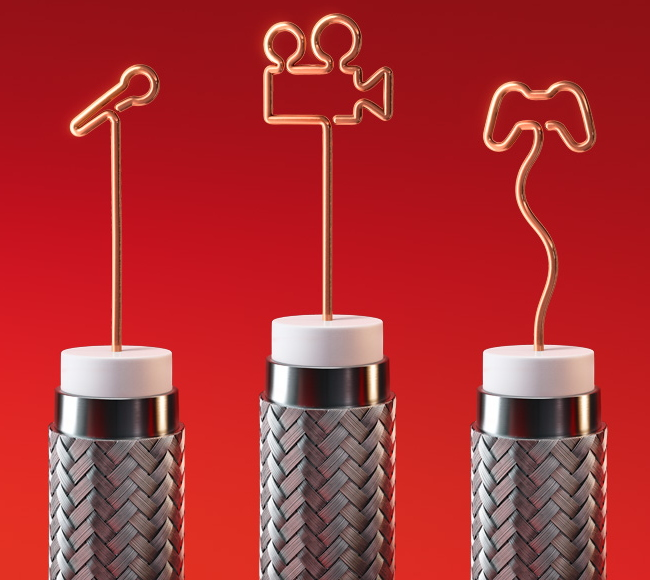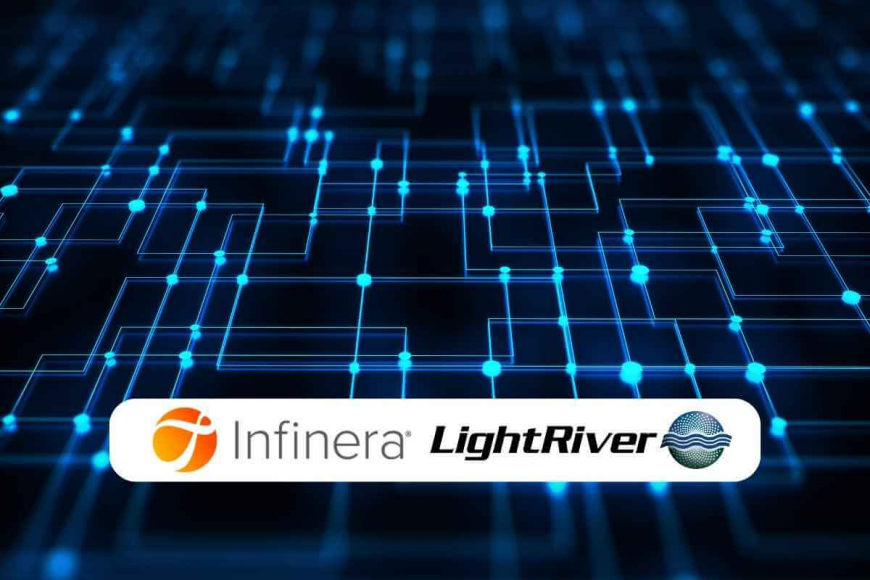What is “Fibre” Broadband? UK ISPs Respond to Ofcom’s Call for Clarity
A few months ago Ofcom launched a new consultation that proposed to only allow broadband ISPs to use the terms “fibre” and “full-fibre” on their sites and in contracts “if their network uses fibre-optic cables all the way from the exchange to the home” (FTTP). But feedback suggests that the biggest providers are not supportive.
Over the years’ there have been various attempts to correct this, such as a review conducted by the ASA / Advertising Standards Authority (here) and a failed court challenge by CityFibre (here). Back in 2021 the Gigabit Take-Up Advisory Group (GigaTAG) also proposed several changes (here), including clearer labelling of broadband packages, but so far nothing has really succeeded.
The Regulator Takes a Stand
Back in May 2023 (here) the regulator, Ofcom, pointed out that pure Fibre-to-the-Premises (FTTP) lines were due to become the dominant broadband delivery technology in the UK, and thus they felt it was finally time to address how the term “fibre” was still being “used inconsistently” by internet providers. The biggest ISPs, with a legacy of FTTC/HFC style solutions, have historically been the worst offenders on this front.
The regulator isn’t due to publish the outcome of this consultation until sometime in the coming Autumn, but they have recently published a summary of the responses they’ve had from various ISPs (credits to GreenLantern22 on our forum for spotting), which makes for interestingly reading.
Overall, the alternative networks (e.g. CityFibre, CommunityFibre, Gigaclear, Fern Group, Ogi and toob), most of which are building FTTP, were almost universally in favour of Ofcom’s proposals. The exception was Hyperoptic, which agreed with Ofcom’s push, but they also wanted it extended to include Fibre-to-the-Basement (FTTB) connections (they’ve built a lot of those) because, they said, such connections deliver “comparable services” (there’s usually only a little bit of Ethernet/LAN style cable involved); it will be interesting to see which way Ofcom goes on that one.
The debate over what should and should not be considered a “fibre” service has been going on for well over a decade. Hopefully by now most people should already know that fibre optic cables are made of glass (silica) or plastic, which allow information to be transmitted in the form of laser light. This makes them significantly more capable (speed, reliability etc.) than traditional metal (copper, aluminium etc.) based cables, which transmit data using electrical signs and are more prone to significant signal degradation over distance.
Despite this unavoidable fact, numerous ISPs have spent over a decade selling slower “part-fibre” or “hybrid-fibre” (e.g. FTTC / VDSL2, G.fast, Hybrid Fibre Coax) solutions as “fibre broadband” products, which is one of the reasons why so many people continue to be confused about the terminology today (i.e. if you think you’ve got a “fibre” service already, then you may be less likely to contemplate an upgrade to true FTTP).






